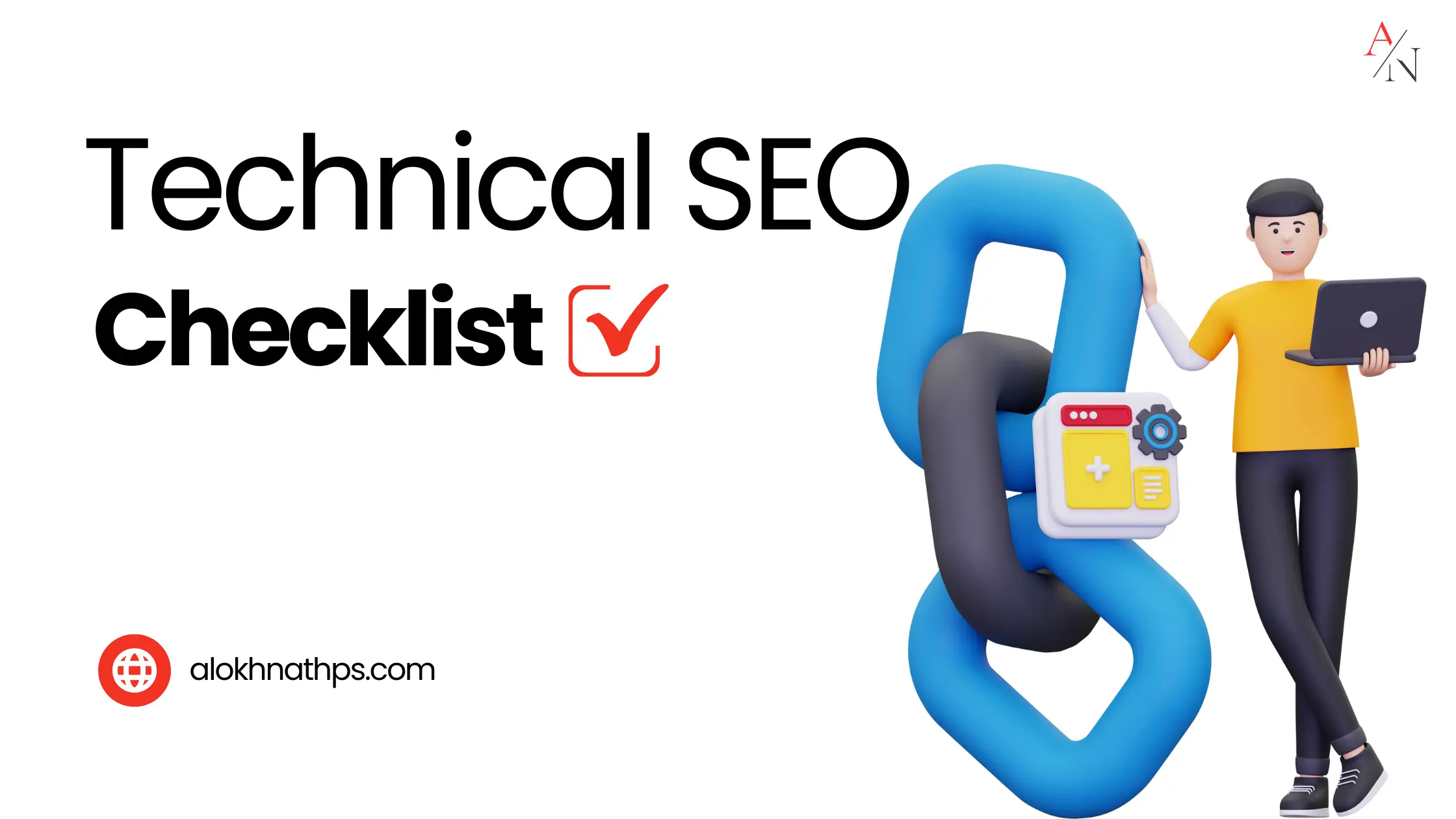Comprehensive Technical SEO Checklist for 2025

Published
March 24, 2025
This checklist covers essential technical SEO elements to ensure your website is crawlable, indexable, and performs optimally for search engines.
Crawlability and Indexability
- robots.txt
- robots.txt file exists and is correctly configured.
- Important pages are not blocked from crawling.
- Unnecessary pages are blocked to conserve crawl budget.
- XML Sitemap
- XML sitemap exists and is up-to-date.
- XML sitemap is submitted to Google Search Console.
- XML sitemap includes all important pages.
- XML sitemap does not contain broken links.
- Broken Links
- Regularly check for and fix broken internal and external links.
- Use a link checker tool to identify broken links.
- Crawl Errors
- Monitor Google Search Console for crawl errors and address them promptly.
- Canonical Tags
- Canonical tags are used to specify the preferred version of a page.
- Canonical tags are implemented correctly to avoid duplicate content issues.
- Redirects
- 301 redirects are used for permanent redirects.
- 302 redirects are used for temporary redirects.
- Redirect chains and loops are avoided.
- HTTPS
- Website uses HTTPS for secure connections.
- Mixed content issues are resolved.
- SSL certificate is valid.
Site Speed and Performance
- Page Load Speed
- Page load speed is optimized for fast loading times (ideally under 3 seconds).
- Use tools like Google PageSpeed Insights to analyze and improve speed.
- Image Optimization
- Images are compressed and optimized for web use.
- Appropriate image formats (e.g., WebP) are used.
- Code Optimization
- HTML, CSS, and JavaScript are minified and compressed.
- Unnecessary code is removed.
- Browser caching is leveraged.
- Core Web Vitals
- Website meets Google's Core Web Vitals (LCP, FID, CLS).
- Mobile Optimization
- Website is mobile-friendly and responsive.
- Mobile page speed is optimized.
- Mobile usability issues are addressed.
Site Architecture and Structure
- Clear Navigation
- Website has a clear and intuitive navigation structure.
- Important pages are easily accessible.
- URL Structure
- URLs are clean, descriptive, and keyword-rich.
- URL structure is logical and hierarchical.
- Internal Linking
- Internal links are used to improve website navigation and distribute link equity.
- Internal links are relevant and use descriptive anchor text.
Structured Data (Schema Markup)
- Relevant Schema
- Schema markup is implemented for relevant content types (e.g., articles, products, FAQs).
- Schema markup is accurate and complete.
- Testing
- Schema markup is tested using Google's Rich Results Test.
Security
- HTTPS Implementation
- Website uses HTTPS for secure connections.
- SSL certificate is valid and up-to-date.
- Security Plugins/Measures
- Necessary security plugins or measures are implemented to prevent attacks.
Internationalization (If Applicable)
- hreflang Tags
- hreflang tags are used to specify language and regional targeting.
- hreflang tags are implemented correctly to avoid errors.
- Language Switcher
- Website has a clear and easy-to-use language switcher.
- Localized Content
- Content is localized for each target language and region.
